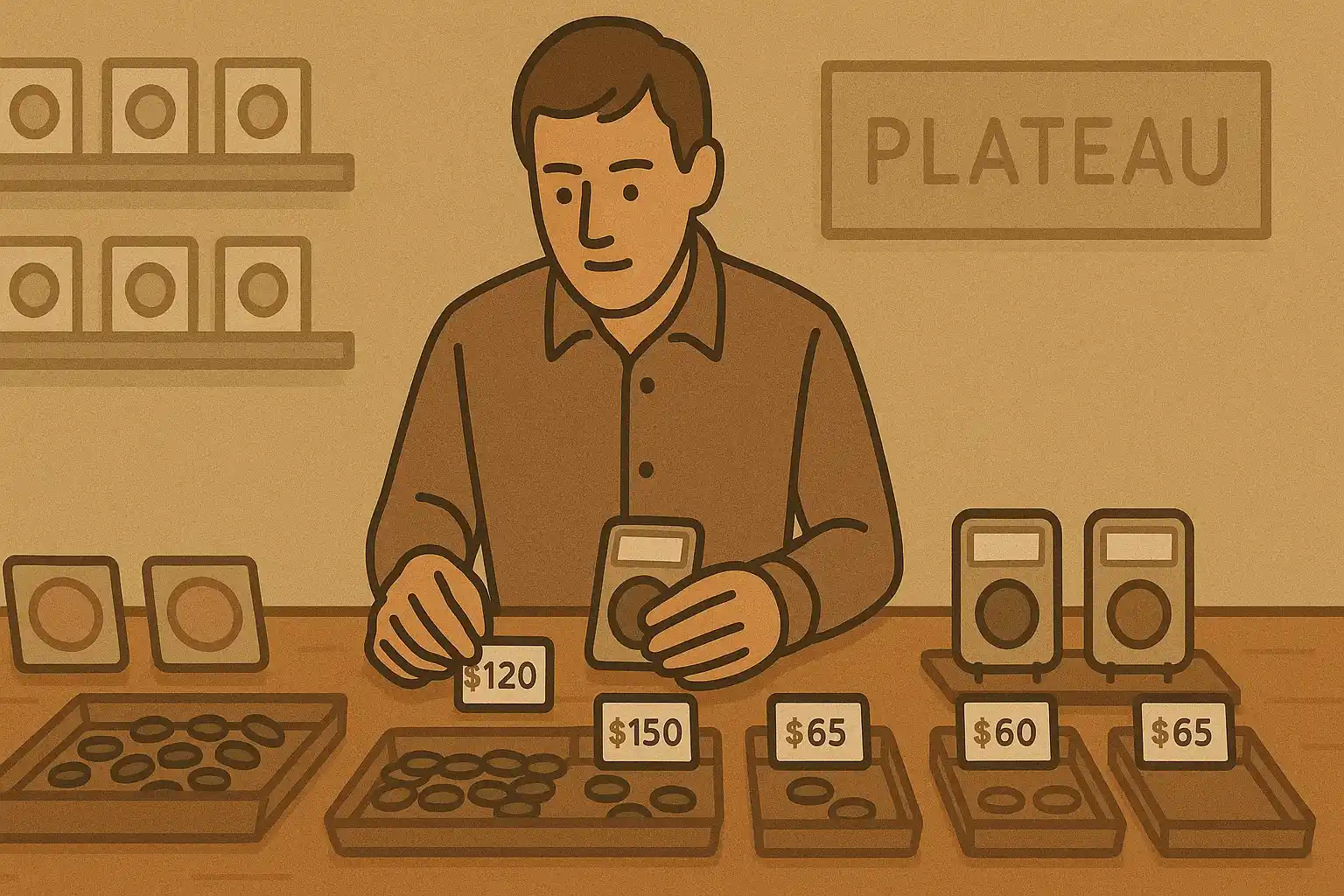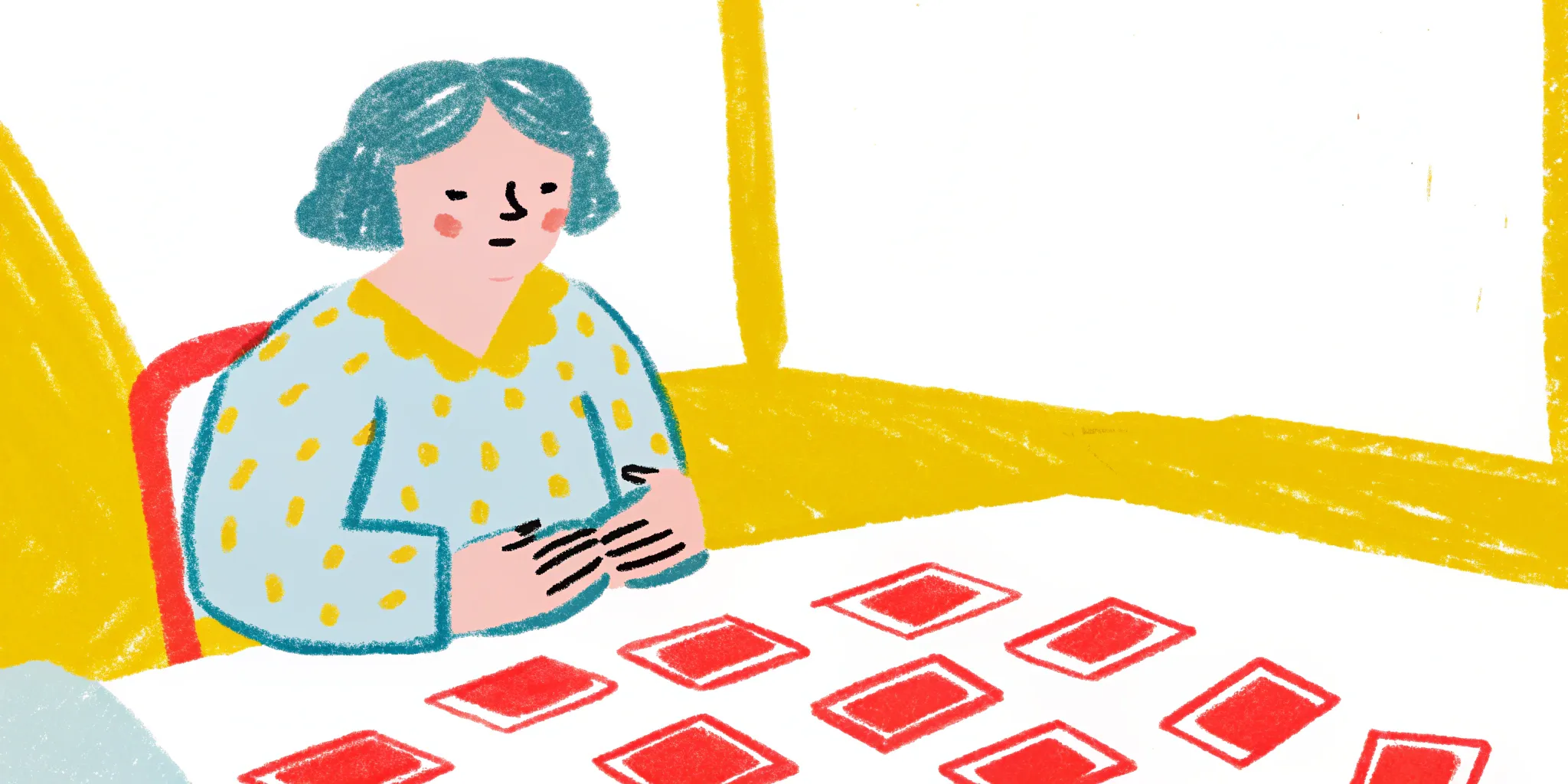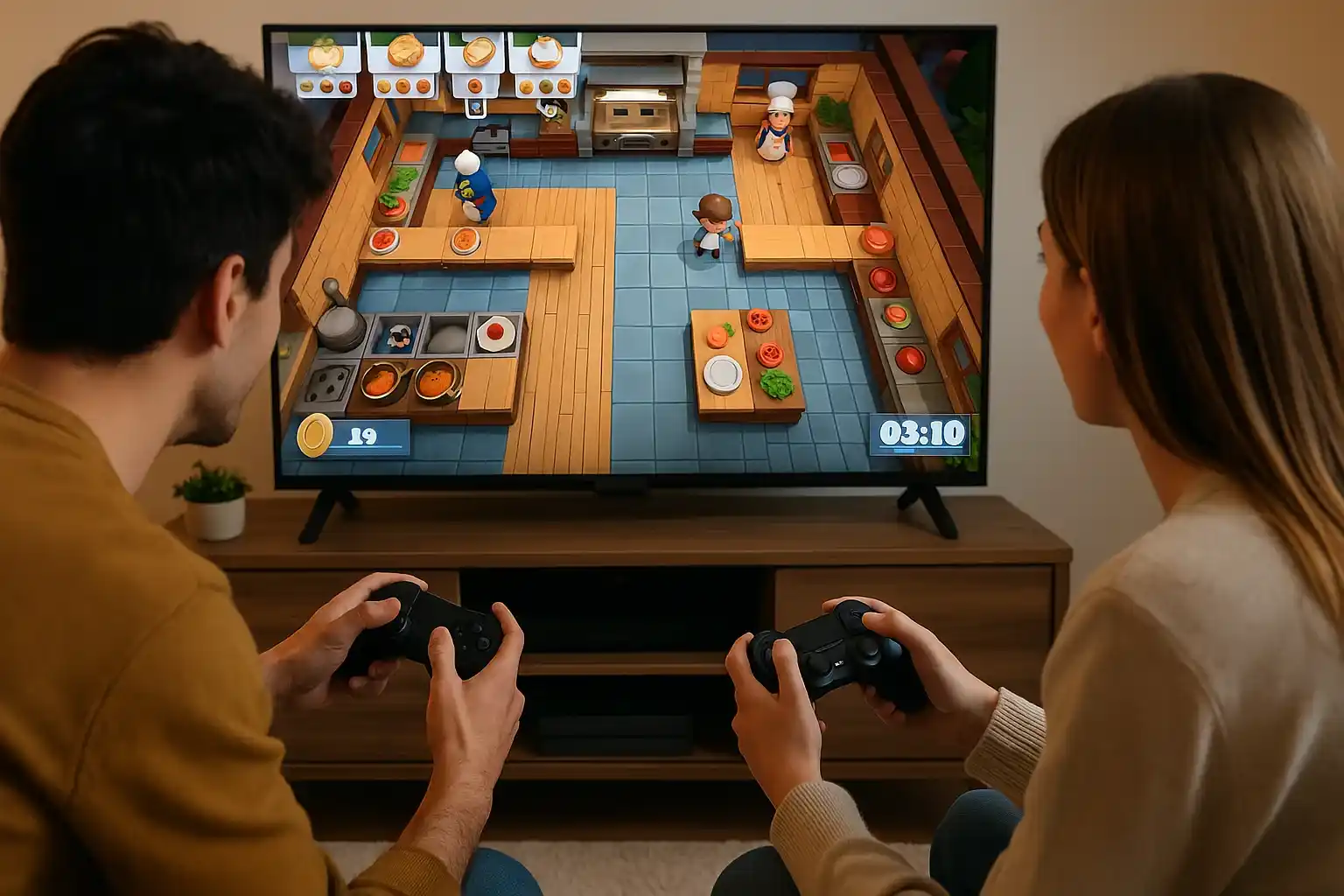Understanding the Role of Coin Symbols in Game Design
Why Coins Speak the Language of Gamers
Imagine this: you’ve just conquered a tricky level in your favorite mobile game, and there it is—a glittering, golden coin spinning in mid-air, chiming as it lands in your virtual pocket. That coin isn’t just a reward; it’s a *promise*. A silent declaration from the game: “You’re progressing. You’re winning. Keep going.” But why coins? Why this age-old symbol?
First, coins are universally understood. From ancient treasure maps to arcade machines, coins have always represented tangible value. Their shine? Irresistible. Their jingle? Like music that sparks joy. Game designers know this instinctively and use coins as a shorthand for achievement or advancement.
Here’s how coins work their magic in game design:
- Immediate Gratification: Whether it’s raining coins after a boss fight or hidden behind a secret wall, they deliver instant satisfaction.
- Progress Tracking: Collected coins often unlock new levels, tools, or characters—turning them into the currency of growth.
- Risk-Reward Dynamics: Should you risk that dangerous jump for a shiny gold coin? Of course, you do—it’s irresistible!
Coins aren’t just in your inventory; they’re part of your story. And in games, they make every small win feel monumental.
How Coin Symbols Influence Player Behavior
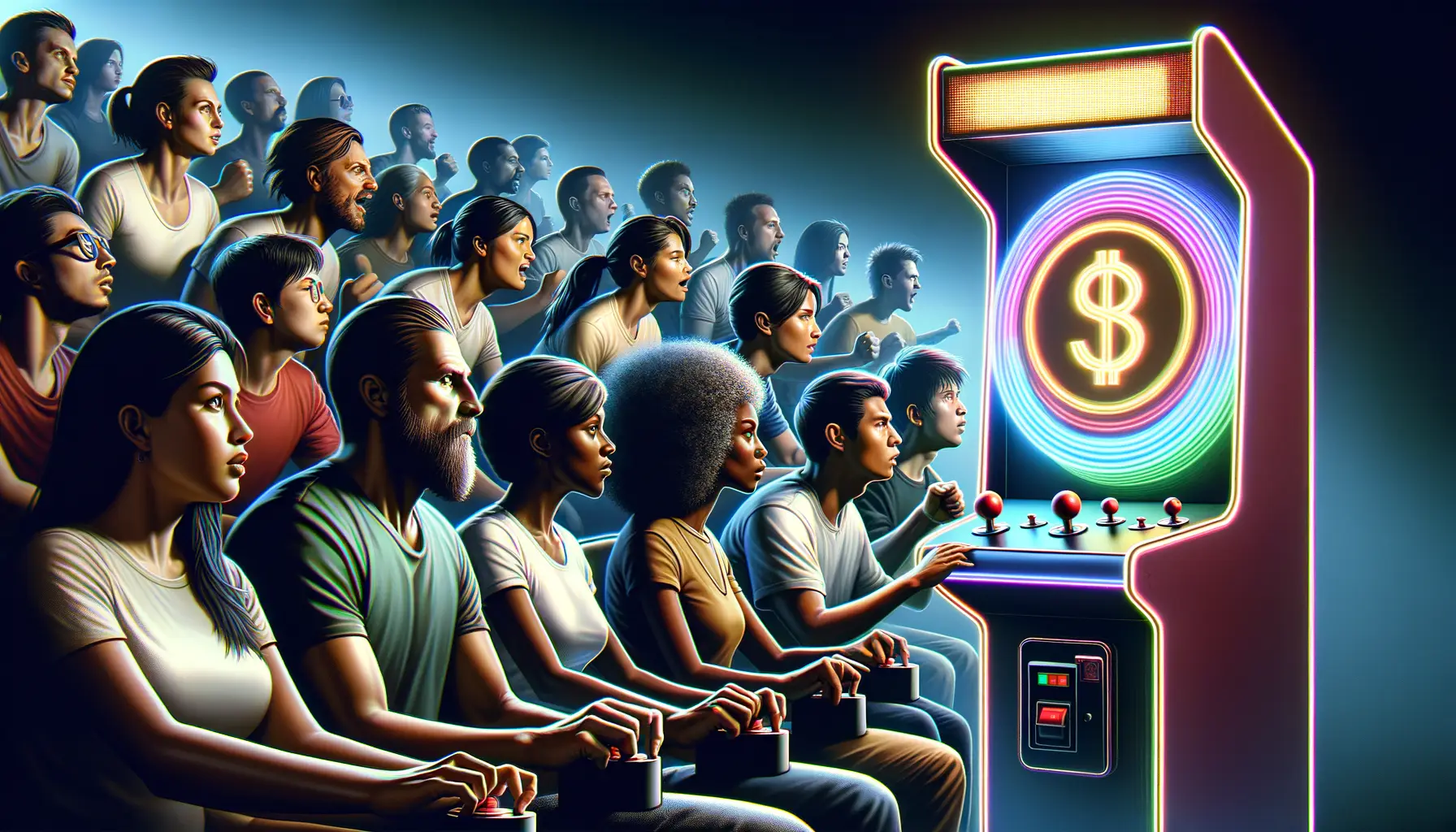
Players and the Magnetic Pull of Coins
Imagine this: you’re deep into a mobile game, and suddenly, a cascade of golden coins bursts across the screen. Even as digital symbols, those coins spark something visceral, don’t they? It’s not just about collecting—they represent progress, power, and the rush of instant gratification. But why does tapping on them feel so irresistible?
Game designers know how to play with our instincts. For one, coin icons in games often mimic real-life treasure—gleaming, spinning, and even making shiny “ka-ching” sounds that trigger feelings of wealth or accomplishment. They also tie into primal motivators like competition and curiosity. Think bonus rounds or hidden vaults bursting with coins. These moments scream: “Don’t stop now, there’s more waiting!”
- Visual Bait: Bright, metallic colors and movement draw our attention. Players are hardwired to notice rewards, no matter how small.
- Social Triggers: Ever felt compelled to snag more coins when friends brag about theirs? Coins fuel rivalry and keep players hooked.
Whether it’s unlocking new outfits or topping a leaderboard, coins are more than symbols; they’re a psychological carrot on a glittering stick. And let’s be honest—you’ll probably chase them every time.
Cultural and Psychological Significance of Coins in Games
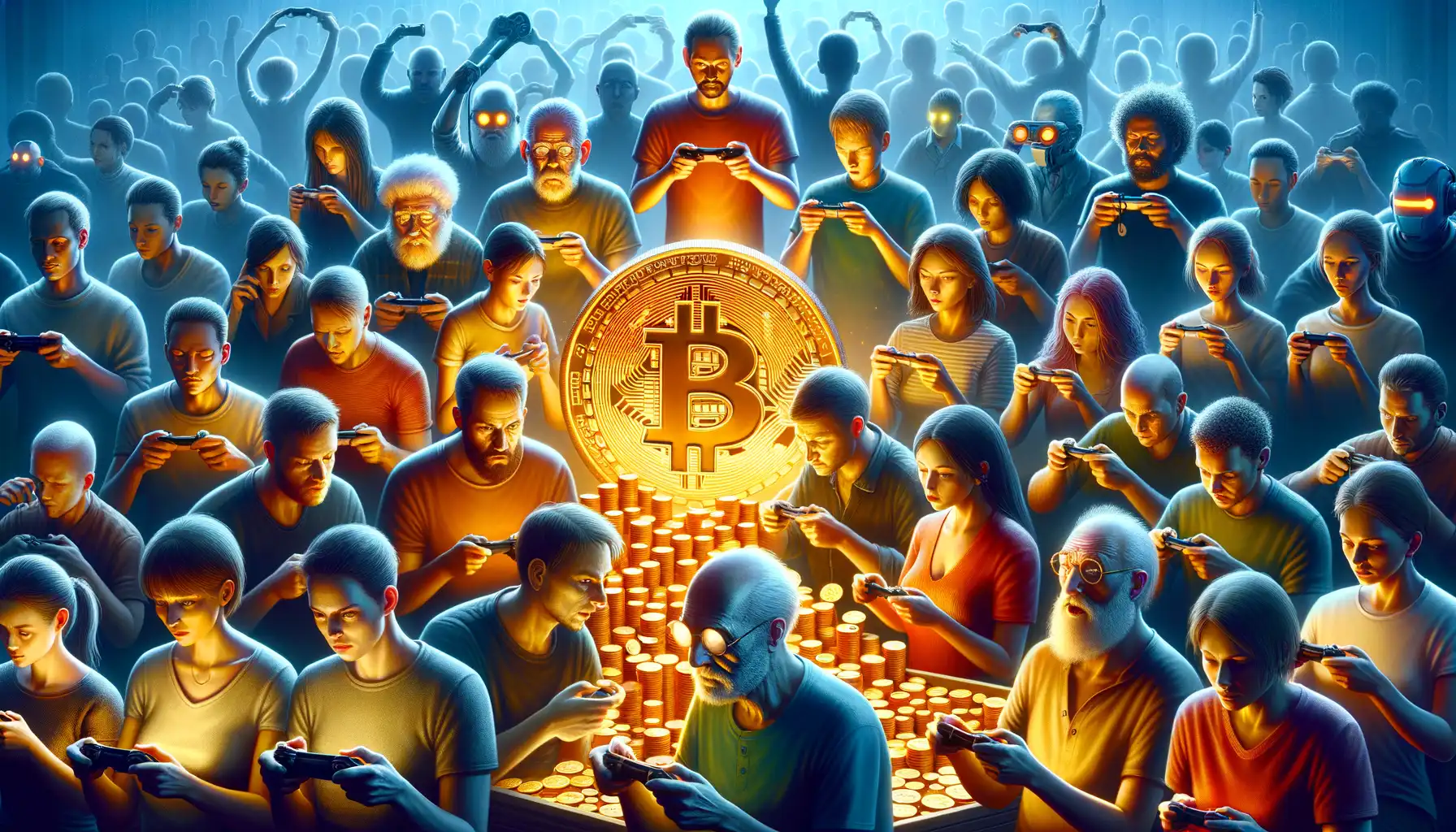
The Timeless Allure of Coins Across Cultures
Why do coins feel so… magical? It’s more than their shiny surfaces or jingling sound—these small, circular treasures carry centuries of cultural weight. In many societies, coins symbolize prosperity, luck, and power. Think about how tossing a coin into a fountain is steeped in wishes and hope. Mobile games cleverly borrow this age-old symbolism to tap into that primal connection.
Coins aren’t just currency; they’re storytellers. In Asian cultures, for instance, the ancient practice of burying coins with the deceased for the afterlife mirrors how games reward you for your virtual ‘journey.’ Meanwhile, in Western mythology, coins are tied to fate—like flipping one to decide your destiny. Isn’t it fascinating how developers weave these cultural echoes into modern gameplay?
- Gold coins in medieval-themed games transport you to treasure-laden pirate tales.
- Silver coins conjure images of purity and moonlit enchantments in mystical titles.
Coins as Psychological Anchors
Coins don’t just glitter; they motivate. Hear me out—seeing a pile of sparkling coins triggers our brain’s reward system. Before you know it, you’re chasing another level or that next upgrade. Remember opening a treasure chest in a game? The eruption of coins feels astonishingly satisfying. That’s dopamine at work!
A simple coin graphic can even manipulate your instincts. Ever notice how some games design coins to glow or spin? It grabs your attention and intensifies the allure of collecting “just one more.” It’s like they’re whispering, “Keep going, you’re so close!” Designed or not, there’s something irresistibly human about our love for coins—be they real or digital.
Integration of Coin Symbols into Game Storytelling
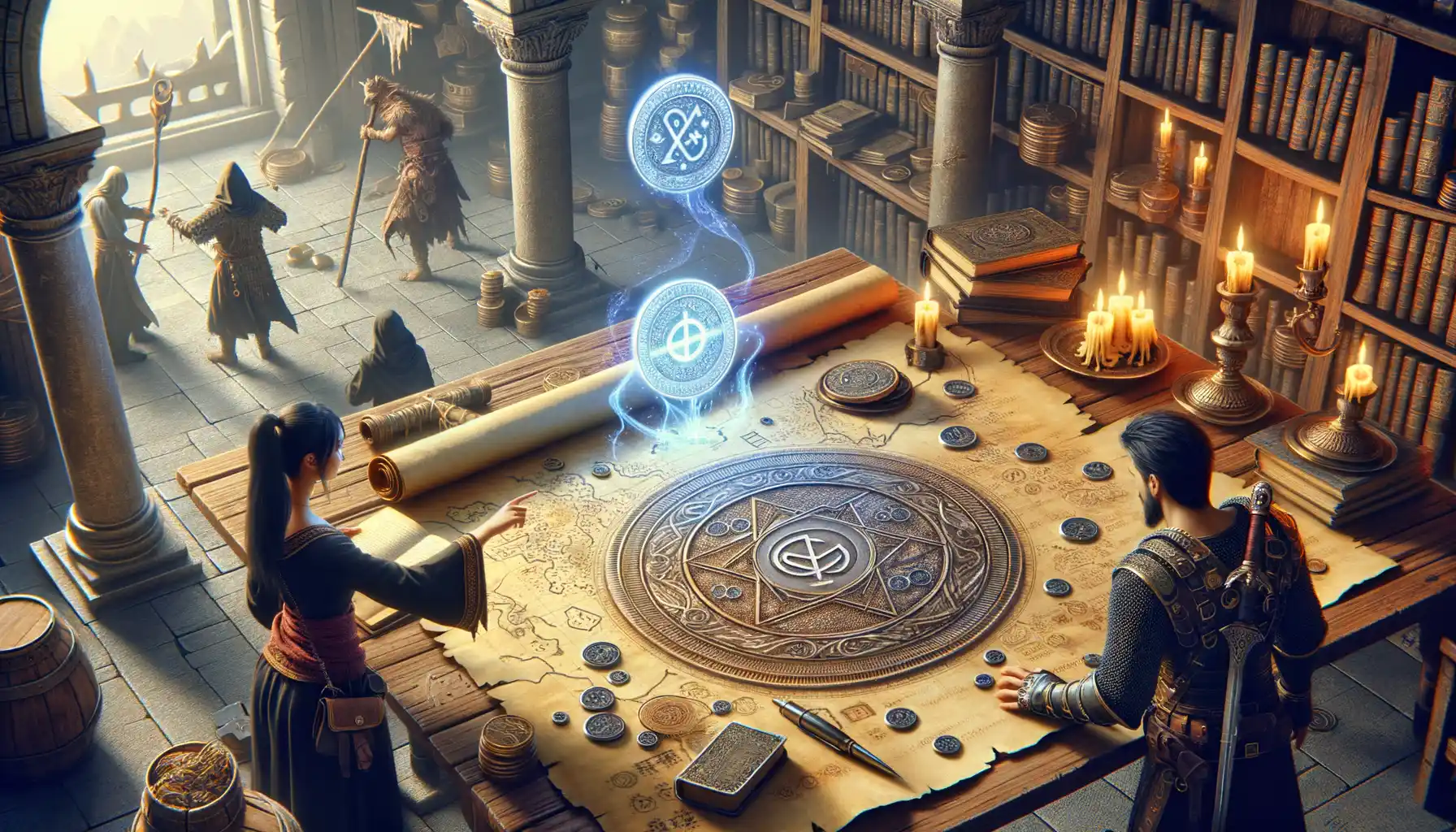
Crafting Depth Through Symbolism
Imagine unlocking a treasure chest in your favorite mobile game. What’s inside? Not just coins, but a shimmering narrative thread that binds you to the story. That’s the magic of coins as storytelling devices—they’re more than just currency; they are storytellers themselves.
Game designers weave these symbols into the fabric of gameplay to create immersive experiences. Take, for example, coins scattered across a treacherous path. Are they breadcrumbs guiding the hero to their destiny? Or bait laid by a cunning villain? Every shiny piece has a tale to tell, and we, as players, can’t help but chase after them.
When Coins Shape Relationships
Coins often connect characters, too. Think about the grizzled merchant who only trades with “ancient gold” or the kind NPC rewarding you for sharing your newfound wealth. By tying coins to characters, designers breathe life into interactions.
Now every clink of coin in your inventory isn’t just a sound—it’s a heartbeat of the game’s unique universe.
Future Trends in the Use of Coin Symbols in Mobile Games
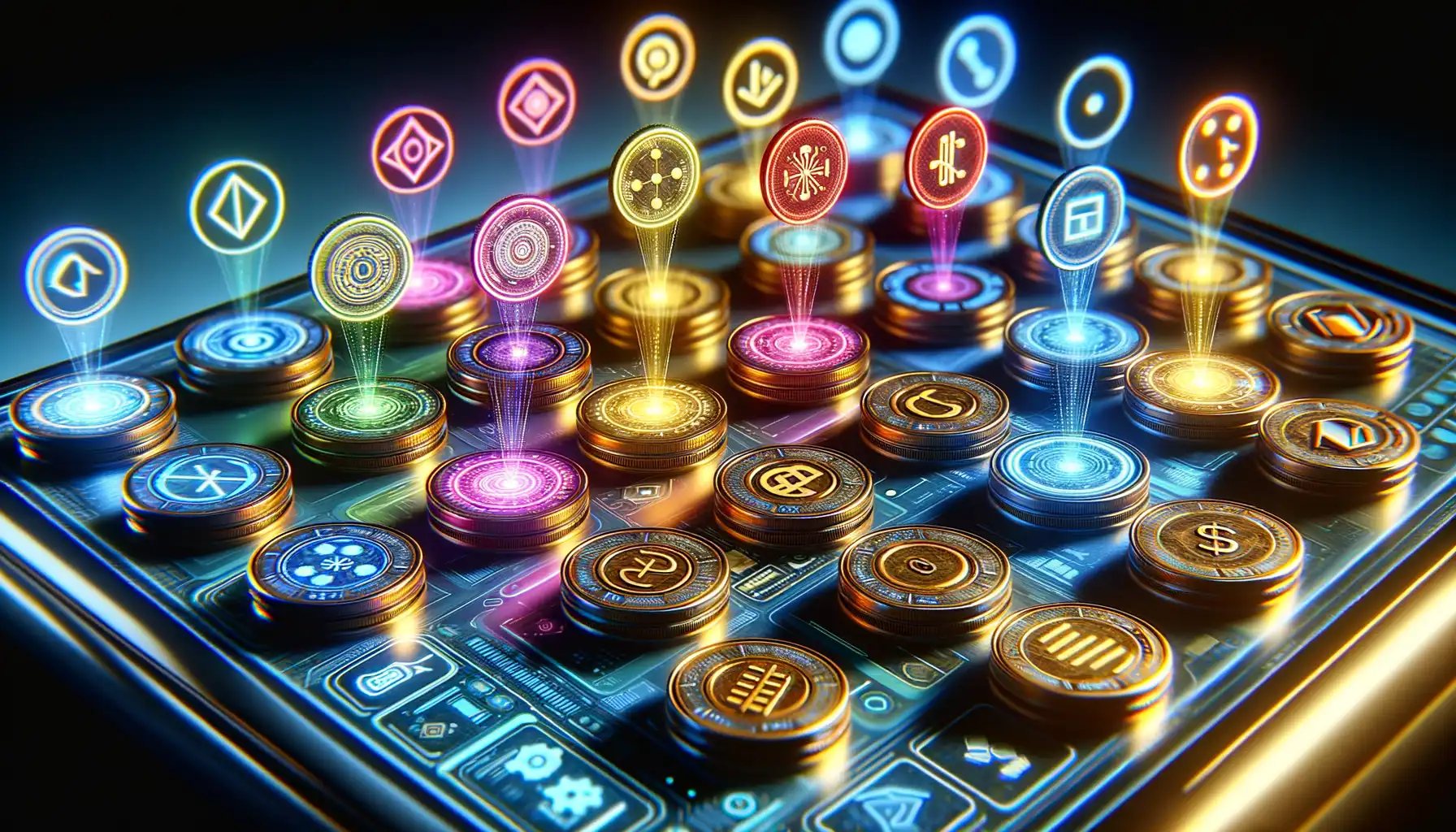
Reinventing Coins: A Gateway to Immersive Experiences
Coins in mobile games are evolving, and they’re no longer just shiny placeholders for currency. The future promises a far more dynamic role. Imagine coins that *glow* with life, change shapes based on your achievements, or even “talk” to you through sound effects when collected. These innovations don’t just add flair—they turn simple gameplay into moments of magic.
One exciting trend is the fusion of AR (Augmented Reality) with coin mechanics. Picture this: instead of tapping on a static screen, you tilt your phone, and real-world environments dictate where hidden treasure coins appear. Coins could be tied to weather, time of day, or even your location.
Here’s another idea lighting up the horizon—personalized coin designs. Developers may soon allow players to earn or craft unique coin styles: glimmering dragon scales, pulsating neon tokens, or symbols tailored to specific in-game guilds or teams.
- Ecosystem coins: Shared currencies across multiple games.
- Interactive coins: Changing colors or growing in size when near other collectibles.
These trends aren’t just about visuals—they’re storytelling tools, pulling you deeper into the game world with every spin and sparkle. What could be more captivating?

